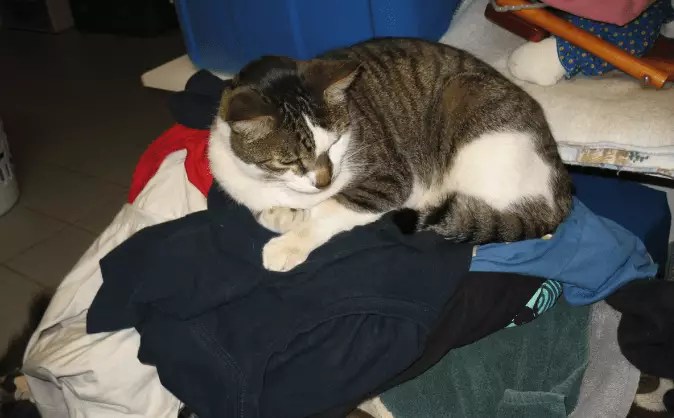Cats are undoubtedly enigmatic creatures, celebrated for their independence and idiosyncratic behaviors. Their diverse preferences—whether choosing to rest high on a perch or burrowing in tight spaces—are often dismissed as mere quirks. However, these behaviors are deeply rooted in their evolutionary survival strategies. As predators and solitary hunters, cats have developed a keen sense of resource territory and personal safety, which manifests in their daily habits. Recognizing and respecting these habits can transform the way we interact with our feline companions, fostering a deeper bond and enhancing their well-being.
Unlike humans, who rely heavily on visual cues and verbal communication, cats navigate their world primarily through scent and tactile signals. Their affinity for certain materials, such as soft fabrics or items with their owner’s scent, isn’t just preference but an instinctual effort to recreate a sense of security reminiscent of their wild ancestors. These behaviors offer more than comfort—they serve a crucial purpose in establishing a feeling of safety amid unfamiliar or stressful environments.
Scent as a Foundation for Feline Comfort and Security
In the wild, feline survival hinges on territoriality and resource control. Family groups, whether in the wild or domestic settings, share resources subtly through scent marking and pheromone signals. Similarly, domesticated cats mark their environment with scent glands located around their face, paws, and territory. When your cat chooses to rest on your clothes or favorite bedding, she’s essentially placing her scent where she feels safest—your scent acts as a reassuring beacon in her environment.
This behavior underscores the importance of scent in the emotional stability of cats. It’s not merely about warmth or softness, but about creating a familiar sensory landscape. Clothing that bears your scent becomes a portable sanctuary for your feline friend, especially during times of separation or vet visits. When you leave your worn shirt or a blanket infused with your scent in her space, you provide her with an olfactory connection to your presence, reducing anxiety and helping her cope with change.
Creating a Cat-Centric Environment: Practical Insights
Understanding these instinctual behaviors offers valuable guidance on how to design a living space that aligns with a cat’s natural inclinations. Soft, cozy fabrics, accessible perches, and quiet hiding spots cater to their need for comfort and security. If your cat has a habit of sleeping on your clothes or favorite items, consider transforming these into designated resting places or bedding that you make specifically for her. This approach not only enriches her environment but also strengthens her trust and attachment.
Moreover, during unavoidable absences, take steps to preserve her sense of security. Leaving a familiar piece of clothing in her carrier or in her favorite resting spot can make all the difference. In more challenging scenarios—such as visits to the veterinarian or boarding facilities—providing her with a familiar scent item can help ease her anxiety, turning a potentially stressful event into a manageable one.
The Limitations of Human Perception and Empathy
A critical aspect often overlooked is the gap between human perception and a cat’s sensory world. Humans tend to underestimate how essential smell and tactile cues are to cats. We rely on visual cues and vocal communication, but these are secondary to a feline’s primary sensory signals. This disconnect can lead to misunderstandings about what makes a cat truly feel safe or comfortable.
Empathy, therefore, must extend beyond our instinctual understanding and be rooted in observing and respecting these subtle behaviors. Experiments with different placement of bedding, toys, or hiding spots can reveal unique preferences. Continual effort to adapt the environment according to these insights demonstrates a genuine commitment to understanding your feline companion’s inner world.
Deciphering a cat’s seemingly odd habits requires a nuanced understanding of their evolutionary history and sensory priorities. By embracing their innate behaviors and preferences—particularly the importance of scent and comfort—we unlock a richer, more responsive relationship. Cats are complex beings, and respecting their unique needs allows us not only to make them feel safe but also to appreciate the depth of their mysterious personalities.

